Mangala, Sumangala, Subamangala, Mohitnagar, Srimangala, Samruthi (Andaman), Hirehalli dwarf, VTLAH 1, VTLAH 2 and Thirthahalli dwarf.
Soil –
Climate –
Rainfall –
750 – 4500 mm.
June – December.
1.Nitrogen:

Deficiency Symptoms :
Plants are stunted and generally yellow with lower leaves being most affected. Older leaves are golden yellow colour.
Correction Measure :
Foliar application of 2% urea thrice at fortnightly interval or soil application of 1-2 kg urea / tree.
2.Potassium

Deficiency Symptoms :
Soil application of KCl 1.3 kg/tree.
3.Calcium

Deficiency Symptoms :
Abnormal growth of young leaves and growing points resembling boron deficiency severe deficiency leads to death of the bud.
Correction Measure:
Application of gypsum 2-5 kg/tree/year.
4.Magnesium
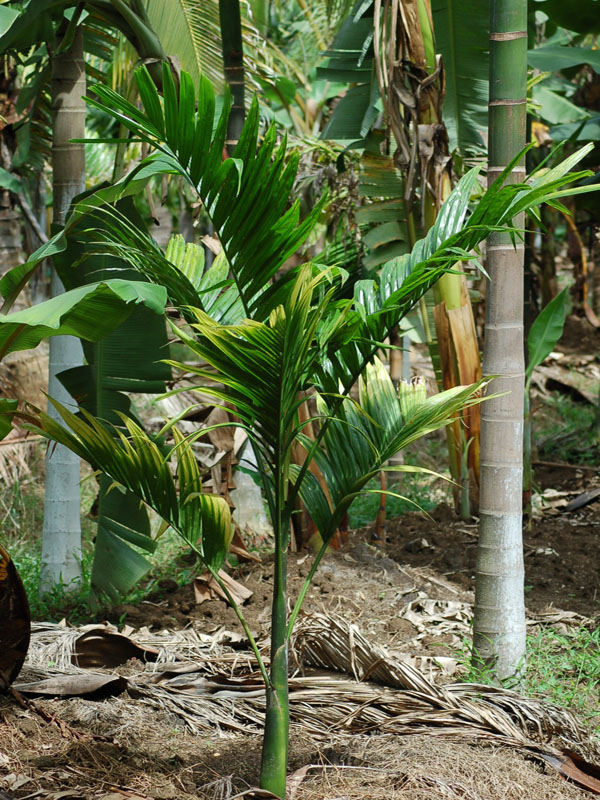
Deficiency Symptoms :
Soil application of MgSO4 1-2 kg/tree/year.
5.Copper
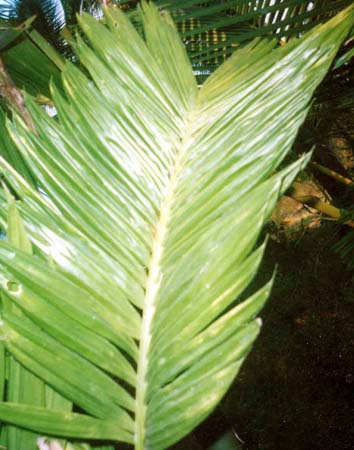
Deficiency Symptoms :
Reduced growth and dark green colour of leaves, twin led malformed leaves. New leaves shriveled, bushy growth.
Foliar spray of CuSO4@0.5%
6.Zinc
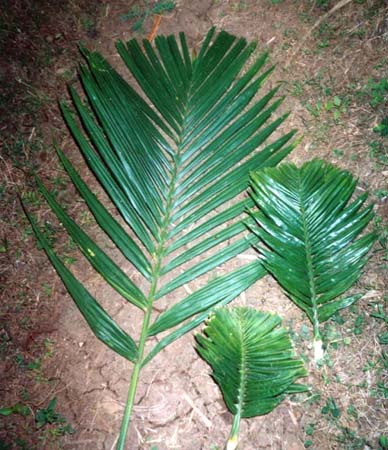
Deficiency Symptoms :
Corrective Measure :
Soil application of ZnSO4@0.5kg/tree
1.Foot rot or Anabe roga: Ganoderma lucidum


Management:
2.Yellow leaf disease: Phytoplasma
Symptom:
Management:
3.Mahali / kolerogo/ fruit rot: Phytophthora arecae
Symptoms:
|
4.Bud rot:Phytophthora arecae
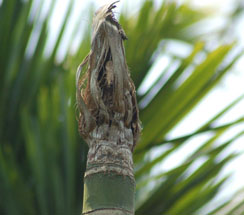
Symptoms:
Management:
5.Inflorescence die back & button shedding:Colletotrichum gloeosporioides
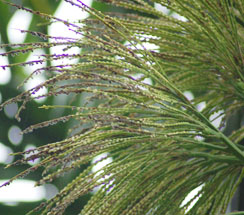

Symptoms:
Management:
1.Spindle bug: Carvalhoia arecae
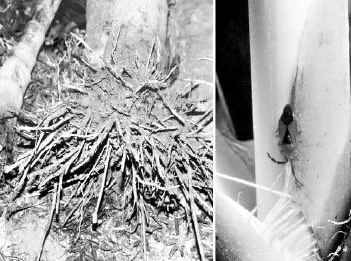
Symptom of the damage:
Management:
2.Root grub: Leucopholis burmeisteri
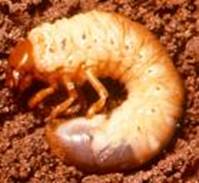
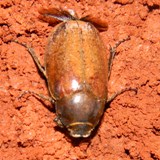
Symptom of damage:
Management:
3.Cholam or white mite : Oligonychus indicus
| |
Symptom of damage:
Management:
4.Inflorescence caterpillar: Tirathaba mundella
Management:
| |
1250 kg/ha
